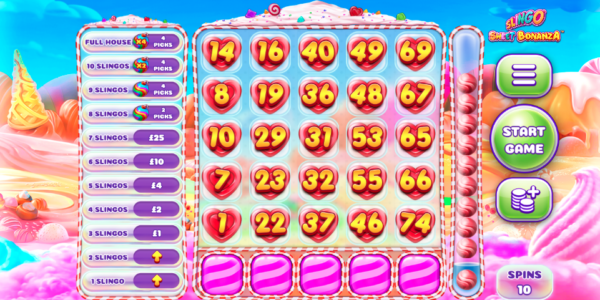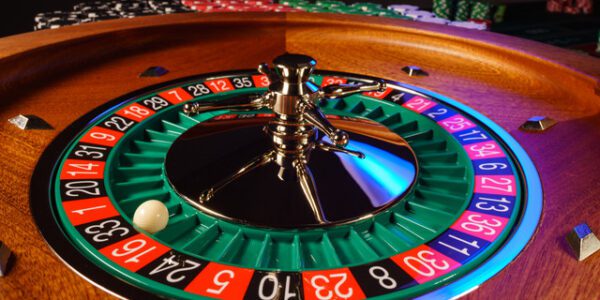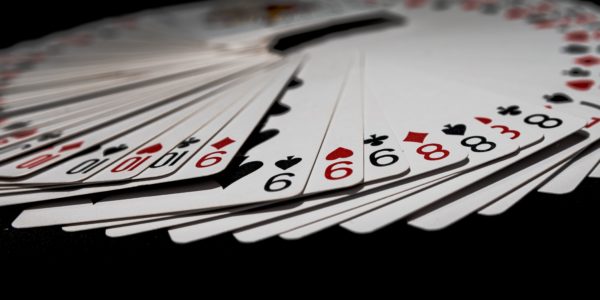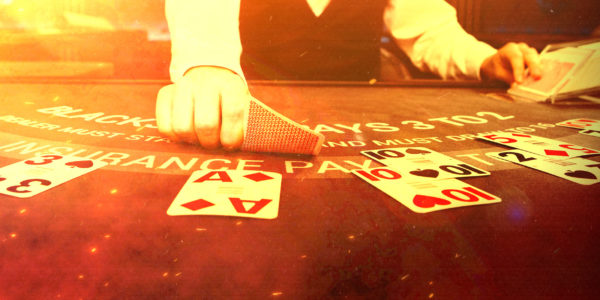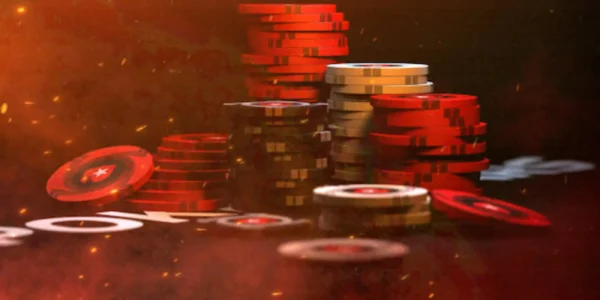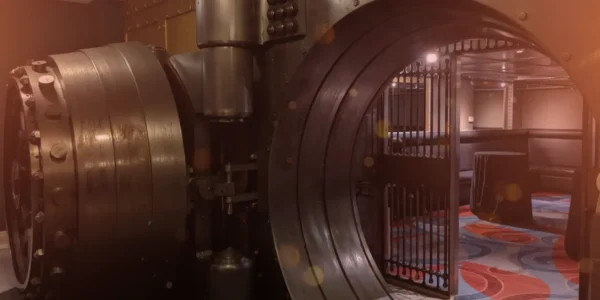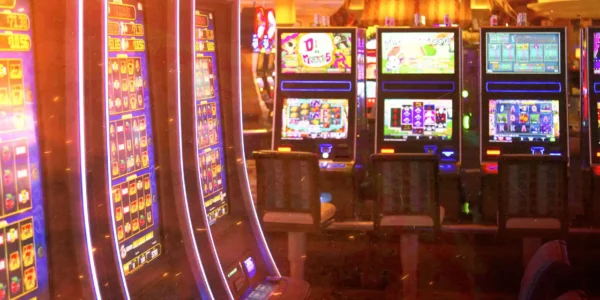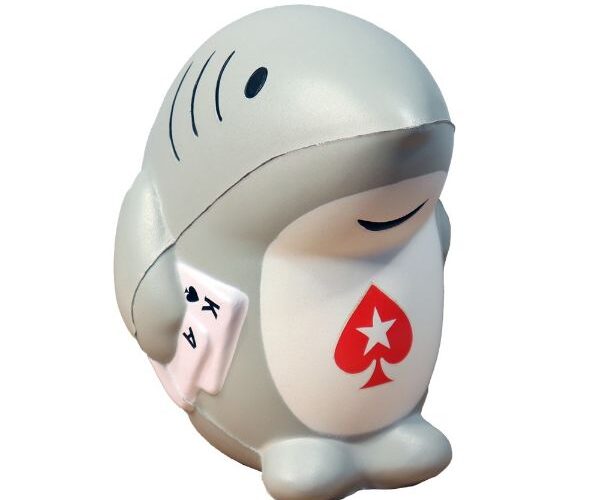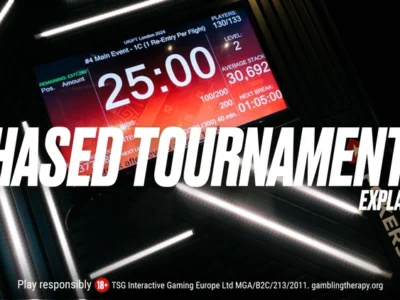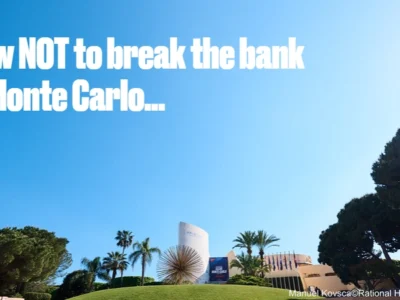Where Does The Card Game Baccarat Come From?
The card game Baccarat is one of the most popular online casino card games across the world and boasts a rather long history. During this time, baccarat has undertaken many alterations and developments that have only heightened the game’s recognition. Continue reading to find out about baccarat’s origination, evolution, and history, as well as a review of the various adaptations and which country they come from. You will learn how baccarat gained its favour worldwide and how online casinos have influenced its success.
Baccarat’s Origins
Baccarat is one of the most popular card games globally, though its origins remain unclear. The most common theory suggests that baccarat originated in Naples, Italy, in the 15th Century. The name “baccarat” comes from the Italian word for “zero,” reflecting the game’s scoring system where cards from 2 to 9 have face value, and the ace, king, queen and jack are worth zero.
During the 15th Century, baccarat gained popularity among Italian aristocrats, particularly in Naples. Then, the card game spread throughout Italy and Europe, with rules evolving around regional preference. Initially played in street bars and clubs, baccarat moved to casinos in the late 19th Century and became popular in the US. In America, the game’s rules were modified to increase suitability for the market, encouraging more people to play.
Baccarat was introduced to France by soldiers returning from Italian conflicts in the 1940s. It rapidly gained approval among French nobility, leading to the development of baccarat en Banque and Chemin de Fer during the Napoleonic era. Despite gambling becoming illegal in 1837 under Louis Phillip, Baccarat continued to thrive in secret gambling houses.
In America, Baccarat’s presence is often dated to 1911, but evidence suggests it arrived earlier. Today, baccarat is a widely played card game with various formats and varieties across the world. Its extensive history and enduring appeal continue to captivate players globally.
Baccarat’s Elite Status
Baccarat spread across Europe in the 18th Century, quickly becoming popular due to its simple rules. It was especially favoured by aristocrats and associated with luxury and sophistication. While baccarat’s popularity varied across countries, it consistently maintained its elite status.
In Italy, France and Spain, it attracted nobles, whereas in England and the United States, it was linked to gambling establishments and crime. However, in the 1400s, Baccarat became a favourite pastime within the royal courts of France. King Charles VIII of France and his court were known to play the game often, which proves the card game’s direct association with the elite.
The exclusivity of Baccarat during this period further strengthened its reputation as a game of class and refinement. Despite being banned in many countries, baccarat remained popular among gamblers. Today, it is found in most casinos worldwide and continues to be a favoured game in aristocratic circles.
What Is The Appeal Of Baccarat To Players?
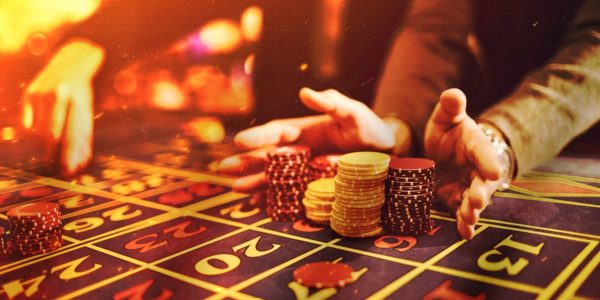
The appeal of Baccarat lies in its fast-paced gameplay. It is a comparative hand game between the Banker and the Player. Bettors only need to decide whether to bet on the Banker, the Player, or a Tie. The game follows strict rules, and bettors do not participate in the gameplay itself. After all the bets are placed, 2 cards are dealt to the Player and then the Banker, with the higher hand winning. The maximum score is 9; the right-hand digit is used to calculate the score if the sum of the values on the two cards is more than a single digit.
An eight plus a seven, for instance, adds up to 15; therefore, the ultimate score is 5. The victorious hand of cards is referred to as a “Natural” if the two cards add up to 8 or 9. Third cards are drawn in accordance with agreed guidelines until a winner is established if no natural is called. Bets on the Banker are paid out at odds of 19:20, with the housekeeping 5% of the winnings, while bets on the Player are paid out at 1 to 1. In most casinos, ties payout at 8 to 1, while in other European countries, they can pay out at 9 to 1. Players are drawn to the betting’s ease of use and speedy hand resolution.
What Is The “Smart Play” In Baccarat?
The United States Variation Of Baccarat
Baccarat was adapted for the American casino market of the late 1950s when Punto Banco, a game that became renowned at Sands Casino in Las Vegas, gained popularity. Due to its simplicity and small house edge, Punto Banco, now known as Classic Baccarat, gained popularity fast. Players wager on the player (Punto) or banker (banco). As a result, Mini Baccarat – now called Speed Baccarat – is an improved variation of the card game in which the dealer chooses when to draw another card.
It has also become more well-liked due to its ease of use. Punto Banco is still the most popular variant in American casinos, although other varieties like Chemin de Fer and Baccarat en Banque are primarily played in Europe.
Numerous artworks, authors, and musicians have been affected by baccarat, which has had a major impact on American culture and the arts. It was featured in novels and films and came to represent riches and elegance in American casinos. Additionally, painters such as Edouard Manet, Tony Rosenthal, and Salvador Dali have portrayed baccarat in their works. Today, it continues to play a significant role in American society, particularly in Atlantic City and Las Vegas casinos and entertainment centres, where it represents luxury.
Baccarat Around The World In Modern Casinos

Despite its European origins, baccarat has expanded to numerous nations, including Australia, Asia, and the US. With “Punto Banco” being the most common in the United States, baccarat first gained traction in Nevada in the 1950s before making its way to big casinos nationwide.
Baccarat is very popular in Asia, especially in China and Macau. Chinese people frequently play “Macau style” baccarat, in which they can wager on “Player,” “Banker,” or “Tie.” Additionally, baccarat gained popularity in Australia in the early 1900s after being introduced to nearby land-based casinos. Rules tailored to the Australian market are used to play the game. Numerous additional nations, including Canada, South Africa, and South America, also play baccarat. The game is simple to understand, and it’s A-list reputation adds to its popularity.
Today, baccarat remains one of the most popular casino games globally. It continues to attract players due to its straightforward rules.
Technology’s Impact On Baccarat
The gambling business, particularly baccarat, has been profoundly impacted by technological advancements. Online baccarat variations have emerged as a result of the growth of the internet and mobile devices. There are numerous benefits to playing baccarat online. Because players may play whenever and wherever they have internet access, it is more convenient than playing at a genuine casino.
More privacy is another benefit of playing baccarat online, which many players value. New game styles have emerged as a result of the introduction of online baccarat. Among these formats is live dealer Baccarat, which allows players to watch the game in real-time and communicate with the dealer via video chat.
A variety of betting possibilities that might not be accessible in a physical casino are also provided via online baccarat. Players might wager on the quantity of cards or particular card combinations, for instance. People all over the world can now play baccarat, thanks to online versions. Nowadays, players can play baccarat wherever they are and at any time of day. Players can also enjoy baccarat online without having to visit a physical casino.
All things considered, baccarat has changed dramatically as a result of technological improvements, making it more accessible and convenient for players worldwide. As technology advances, the variety of baccarat layouts and features will probably increase even further.
The Card Game Baccarat
The history of baccarat, from its modest origins in Italy to its current position as a mainstay in casinos worldwide, is evidence of its enduring appeal and adaptability. Although the game’s fundamental components have not altered over the centuries, its history reflects players’ shifting interests and preferences. It is difficult to resist the special fusion of strategy, history, and enjoyment that baccarat delivers, regardless of experience level.
You are welcome to delve into the world of baccarat and discover why this card game has been played and adored for centuries.


